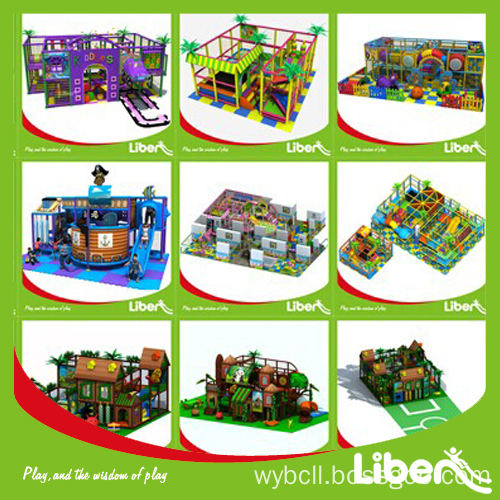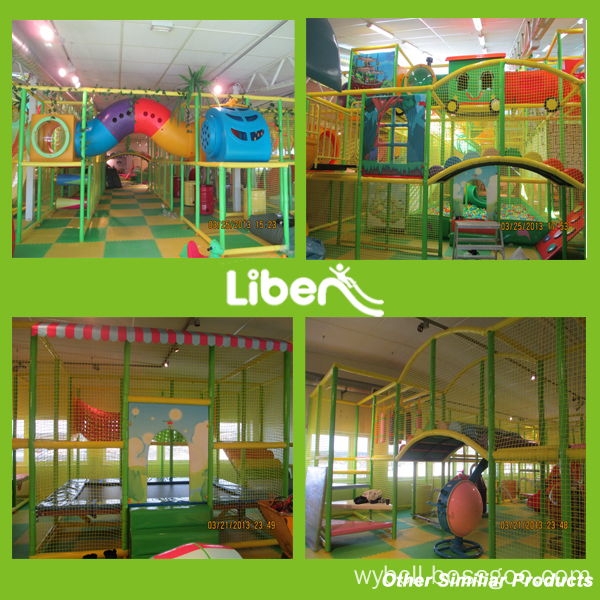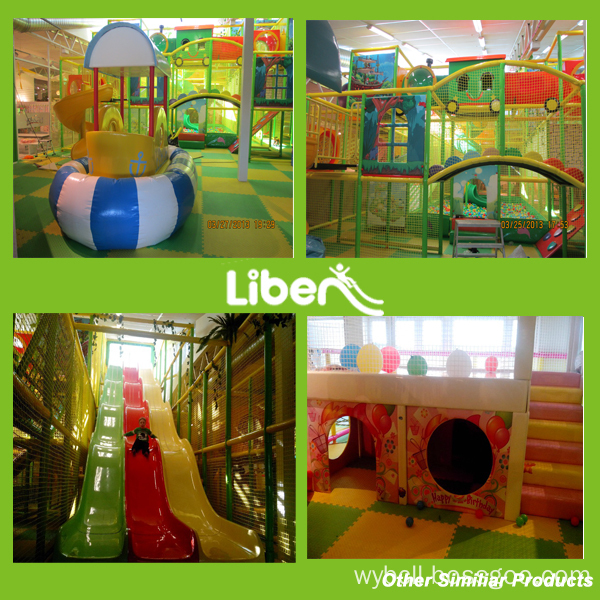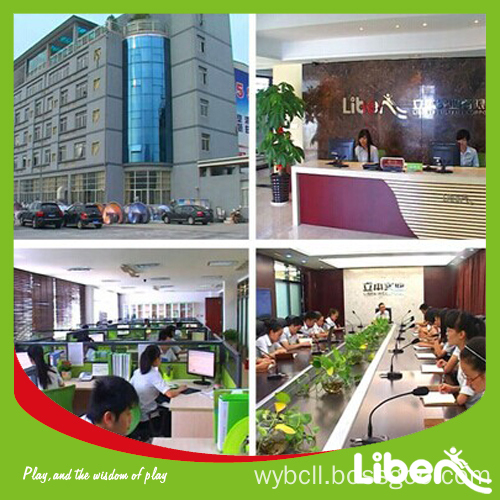Fifth, the choice of scanner resolution
Defining an appropriate scan resolution is one of the most important input tasks. Selecting the correct resolution requires considering the size of the file, the resolution of the output requirements, the dot frequency, the size of the image, and the scan quality, and all these items are related to each other. If the resolution is set too low, the amount of information acquired by the image is too small, and the final output image will be very rough, and the image points can be clearly seen. If the resolution is set too high, the scanned image has a large amount of information and occupies a lot of hard disk space. When the computer performs editing processing, the calculation speed will be significantly reduced, the printer output speed will be greatly reduced, and the work efficiency will be greatly reduced. The production cost may even affect the quality of the artwork, so a higher resolution setting is not a necessary condition for improving the final output quality.
For chemical printing of color photos and physical scans, the color of the original is continuous, and the resolution of the original can be called infinity. Therefore, the factor to be considered when selecting the scanning resolution is only how large the scanned image needs to be. If it is scanned as an image material and the final output is printed, it is best to use the highest optical resolution of the scanner to capture as much detail as possible. From the computer point of view, it is to obtain the most original image information so that even if part of the information is lost during the subsequent conversion processing and print output, the total amount of image information can still be maintained and the corresponding quality of the digital image can be guaranteed. If the high-precision output is not prepared in the end, the more appropriate resolution is generally 300 dpi, which can basically reproduce the details of the color photo, and the file is not too large. If it is used as a screen display and web page material, then basically the appropriate resolution is selected according to the final required picture size. For example, you need to display a picture that is almost the same size as the original on the screen, and only 72dpi is enough.
The print quality resolution setting is a major difficulty in the scanning operation. The magazines, posters, and color newspapers everywhere are often accompanied by color pages, and those color pages that look “exquisite†may scan out. The resolution of the general printed matter is mostly 100-200 dpi, and the finest prints of the highest grade can only reach 600 dpi. There is also a problem with reticulation, which does not appear to be visible to the naked eye. It is even difficult to distinguish, and the scanning is very obvious. Although almost all flatbed scanners have a "go to the net" feature, the effect is obvious, but it can not solve the problem completely, and choosing the resolution properly can make the scanning effect improve obviously. If the purpose of the scan is to use as a web page material or screen display, there is a good way to scan it with a resolution that matches the original (for example, 300 dpi). Then use the Resize command in Photoshop to reduce the size. Be careful not to change the resolution of the image so that the image will be exquisitely fine regardless of whether the scanning function is enabled or not. The reason for this is that the computer has intensively processed the discrete pixels captured by the scanner, and the number of graphic pixels per unit area on the display screen has multiplied, and the display quality of the image will naturally rise to a large extent.
The scan settings of the line drawings are more unique and are the only image types that do not have to be screened or converted to halftones when output. However, the output of the line graph and the way the image appears are exactly the same, that is, a series of tiny solid black squares. Therefore, when setting the scanning resolution of a line drawing, just make sure that the black pixels are small enough to be invisible to the human eye. In theory, with a resolution of less than 900 dpi, the black pixels will become visible, and the lines will be micro-serrated at the edge of the line. The lower the resolution, the worse the line quality, especially the sharpness of the arc segment boundary. The lines of some construction machinery and architectural drawings are very thin, and the scanning resolution will be very high. The scanning standard for printing applications is 1200 dpi, which can achieve quite satisfactory scanning quality.






